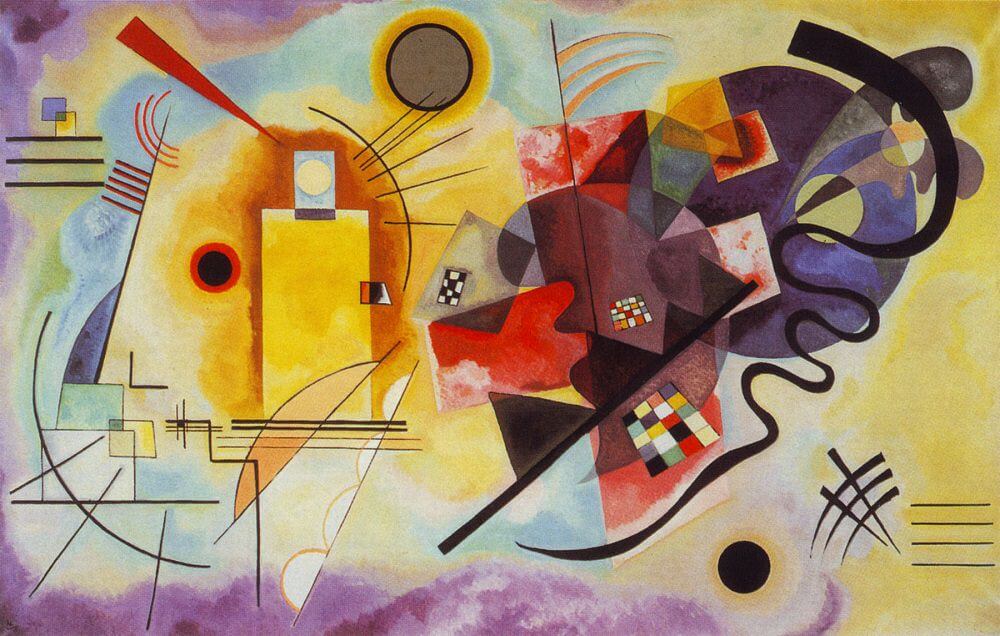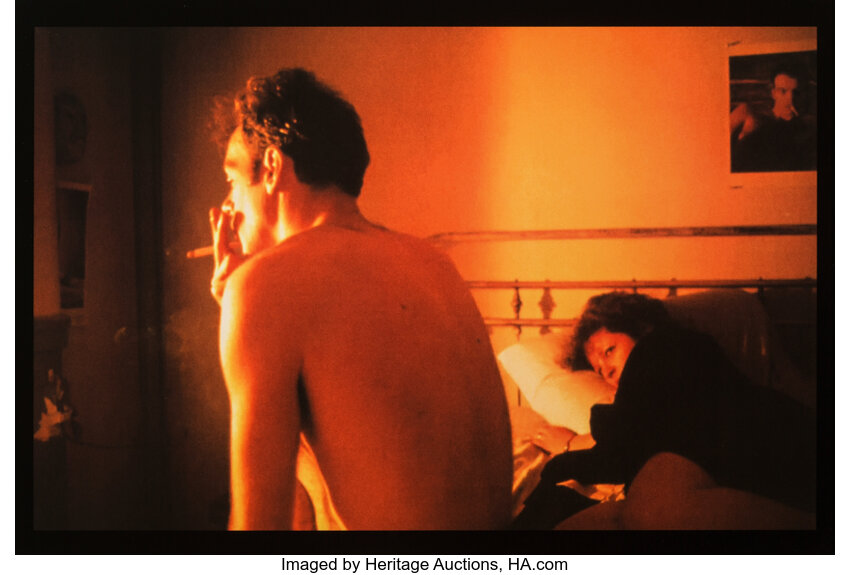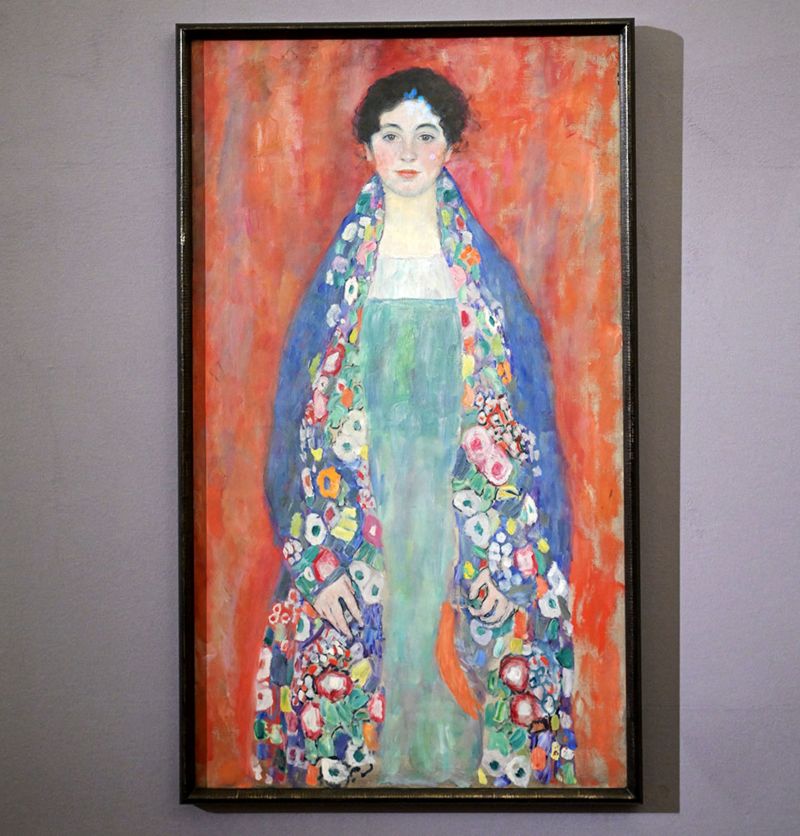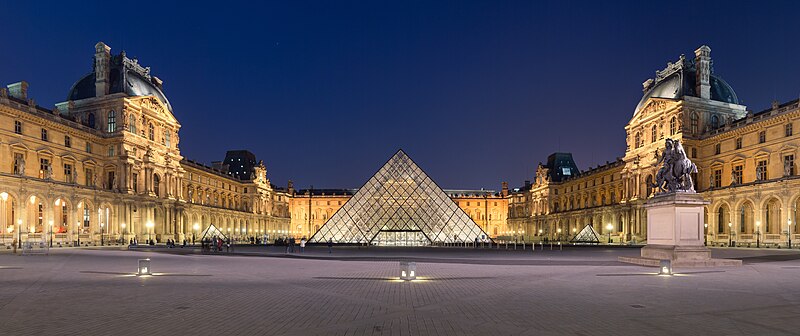The following photograph, taken in Soho, London at Christmas 1993 or 94, chosen for its hidden agenda.
These two homeless men were about to start kicking football around the square. I asked if I could take their photo and this was the instantaneous pose they gave me. I hesitated a moment, believing I could organise a pose more in keeping with contemporary pictures of despair and homelessness. It quickly became apparent that patience was not something at least one of them (man on left) had much to give. So I just clicked the shutter and rolled the film on. He came towards me and asked for money. I had but a few coppers and silver on me. I was quite poor myself at this time, given that Iwas undergoing an acrimonious divorce.
I felt quite threatened at this point and swiftly my hand in my pocket and grabbed what was there, dropping a 50p piece again (my return tube fare) before showing about 10 or 12p. He grabbed it and backed off again. I felt a bit better and we exchanged Christmas greetings and parted company.
This was my first and also my very last encounter as a photographer with the homeless. I’ve since come to respect their privacy, and later regular encounters as a resident in inner London, have taught me to still distrust them. No more of that now.

Homeless Pair in Soho Square, Christmas 1993 or 4. Ilford FP4 iso 125, Nikon 90. Copyright Shaun Everett 1994
I suspect these gents are long dead. Their addiction to alcohol undoubtedly saw to that. I trust they had a peaceful Christmas though and they made the best of what was left of their lives.
Homelessness is a cruel fact of societies and many photographers have attempted represented the despair. I’m thankful I did not pursue this avenue of photography, which became pastische after the 1940s.
There were though some great exponents of living poverty through the 1970s in particular. Today, camera phones are so abundant, that hardly anyone bothers to photograph the homeless in the same manner of the great photographers of the 1930s and 40s. I suspect the tables are turned somewhat, given that homelessness does not preclude the poor from owning such a device!














